For Immediate Release
Boston, MA (PRWEB) December 04, 2014
The Adult Stem Cell Technology Center, LLC’s New Report on Asymmetric Character of Stem Cell Chromosomes Advances Better Biomarkers for Counting Adult Tissue Stem Cells
Today, a new research report from Boston’s Adult Stem Cell Technology Center, LLC, published online in the Nature Publishing Group journal Cell Death and Disease, describes a new advance in understanding how adult tissue stem cells are able to renew mature tissues without losing their special stem identity. In addition to describing the discovery of a remarkable new property of tissue stem cell chromosomes, the report continues the ASCTC’s focus on developing technologies for counting adult tissue stem cells for applications in regenerative medicine and drug development.
In a new report published in the online journal Cell Death and Disease, the Adult Stem Cell Technology Center, LLC (ASCTC) continues to demonstrate its special expertise in uncovering unknown properties that are unique to adult tissue stem cells. In particular, the new study continues to build the company’s portfolio of technologies that make previously “invisible” adult stem cells not only identifiable, but also countable.
The studies were performed with mouse hair follicle stem cells. Because of the universal nature of adult tissue stem cell properties, the new findings are predicted to apply to stem cells in a wide range of human tissues as well.
For the past half century since the experimental demonstration of their existence, it has not been possible to identify adult tissue stem cells exclusive of other related cell types. Consequently, counting them has been impossible, too. Established stem cell therapies like bone marrow transplantation are suboptimal because of this limitation; and the current worldwide flood of thousands of clinical trials of tissue stem cell transplantation therapies has the same problem. Without being able to count potentially curative adult tissue stem cells, there is no way to optimize and standardize successful treatments.
The new report presents a discovery made during studies employing one of the ASCTC’s recently defined biomarkers for detecting tissue stem cells. The new biomarker is a member of a family of cell factors called histones that package the cellular DNA into chromosomes. One of the less abundant members of this family is called H2A.Z. In 2011, the ASCTC discovered that H2A.Z is only accessible on the set of chromosomes that segregates to the stem cell sister when a stem divides to produce a non-stem sister cell. The non-stem sister differentiates to replenish lost mature tissue cells. Before a stem cell divides in this manner, the stem cell chromosomes and the non-stem cell chromosomes are distinct because of this difference in their H2A.Z access. This unique feature, called “H2A.Z asymmetry,” is a highly specific biomarker for identifying adult tissue stem cells.
Because detection of H2A.Z asymmetry does not disrupt other features of stem and non-stem chromosomes, it can be used as a specific landmark to discover other molecular differences between chromosomes destined for the stem cell sister and chromosomes destined for the non-stem sister. The new report describes how two well-known gene regulation modifications of an abundant histone family member, H3, also display asymmetry between stem cell chromosomes and differentiating cell chromosomes.
The newly discovered asymmetric chromosomal patterning of gene regulation modifications in adult tissue stem cells may reveal a long sought mechanism to explain how stem cell fate is maintained in mammalian tissues. This new insight into the function of tissue stem cells addresses a fundamental question in the field of stem cell biology research. ASCTC Director James L. Sherley anticipates that the new report will give stem cell scientists and bioengineers a new lead idea and new research tools for extending knowledge on the molecular workings of adult tissue stem cells. Such advances in knowledge are greatly needed currently to improve the scientific foundation for the increasing number of regenerative medicine clinical trials.


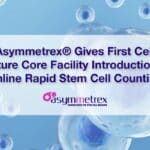
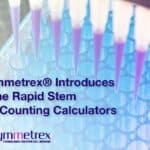
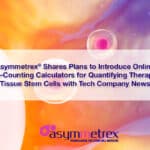
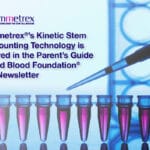
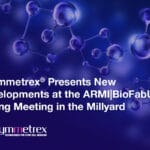
Leave a Reply